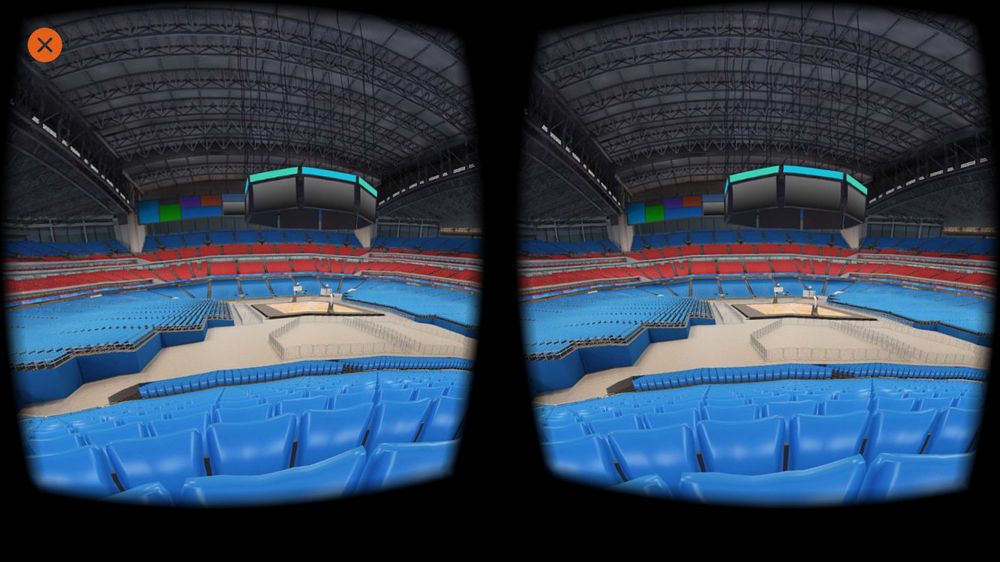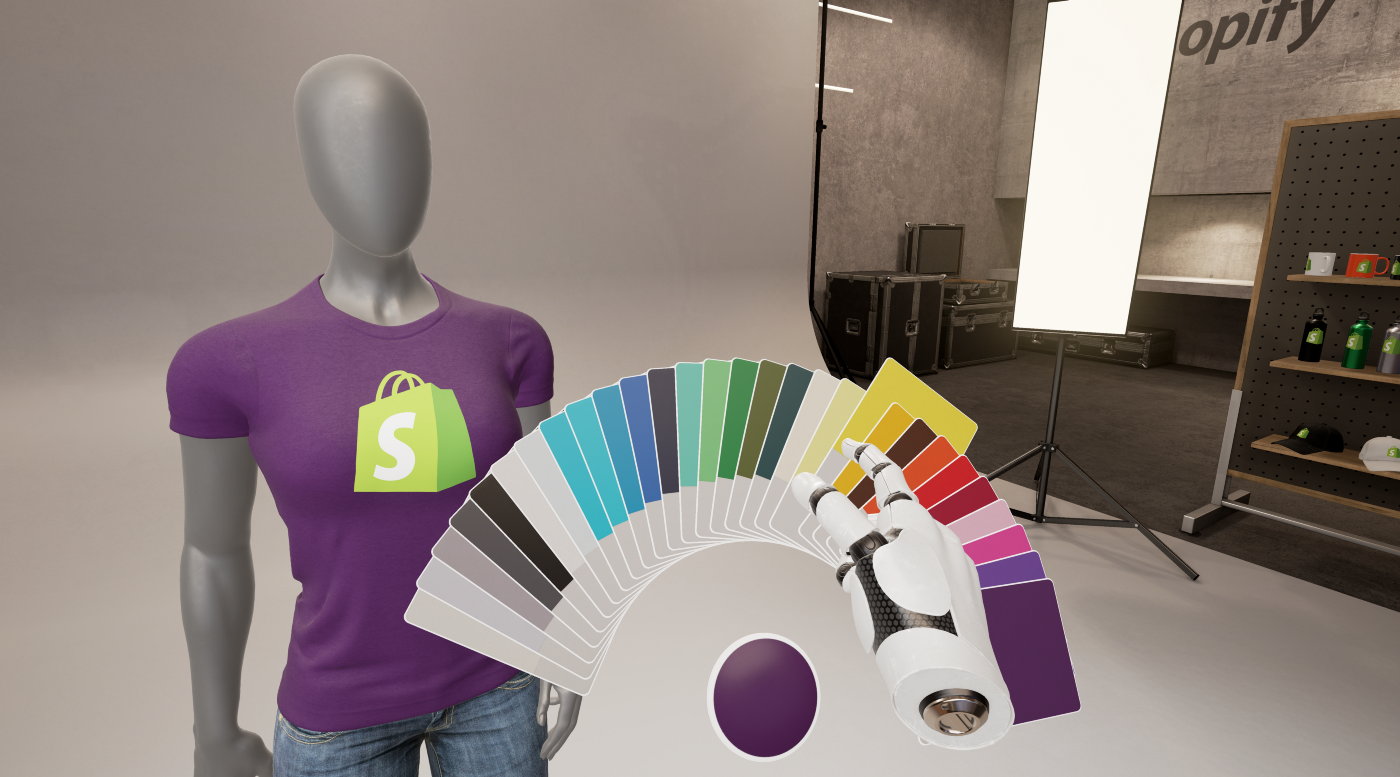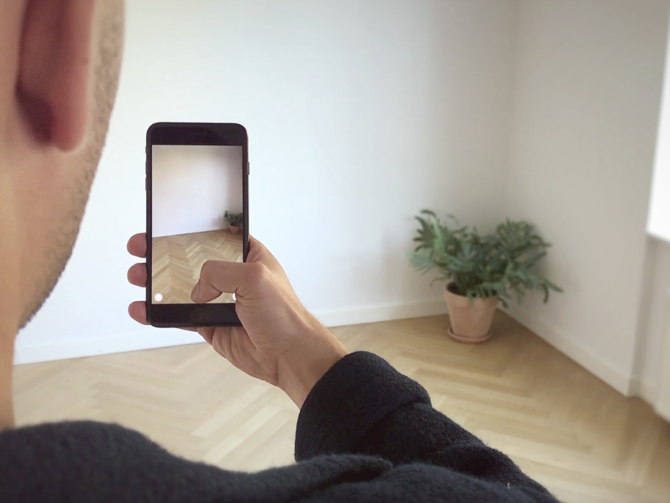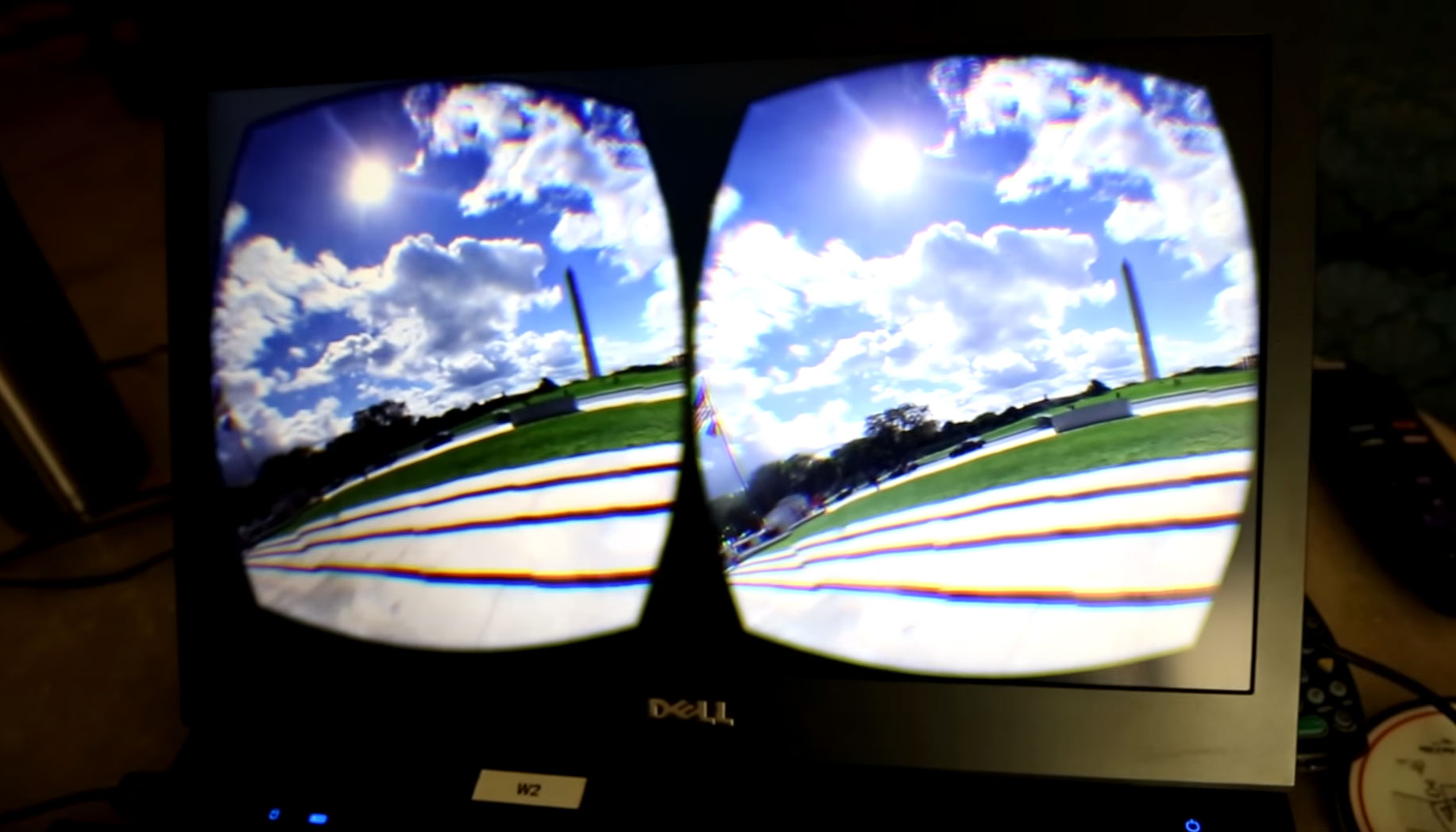Customers are more inclined to engage with or purchase from brands they feel the strongest connection with. This isn't a new development. What is new is the definition of the term “engagement” itself, or more accurately, what defines a customer’s engagement.
For many customers today, an experience is inauthentic if it’s not interactive. Meaning, they have to be able to reach out and feel like they’re grabbing the thing you’re selling, which is a far cry from the days where leaving a comment on a blog post counted as a sufficient interaction.
71% of consumers think a brand that uses virtual reality is forward-thinking. And however you feel about the term “forward-thinking,” one thing is for sure: these brands stand out and gain consumer attention.
Despite what you might think about VR, it's not a completely inaccessible marketing tactic. Creating a content marketing strategy for virtual reality isn’t that different from a normal content marketing strategy, but it requires an understanding of engagement through interactivity.
How to Create a Content Marketing Strategy for VR
Keep Your Existing Audience in Mind
How does your ideal customer consume your content already? Is it through a weekly webinar or Q&A? Or maybe a daily vlog from the CEO’s desk? Whatever content routine you’ve created, you can continue that strategy while incorporating VR technology.
For example, if your primary medium is Facebook video, you can start producing virtual reality content on Facebook Spaces Although Spaces is still in beta, it’s poised to become a Facebook standard in the not-so-distant future. There’s no better time than the present to start thinking of ways to make it benefit your brand.
Does your business have an app? One emerging trend for app-based businesses is to infuse virtual reality content for use with a Samsung or iPhone paired VR headset. Take mega-ticket marketplace Stubhub as an example. They’ve now added a 360 degree virtual reality view to every ticket purchase, allowing customers to see the view from their actual seats.

Screenshot via Recode
These virtual views have been available on Stubhub.com for a while now, but used to be standard (rather than 360 degree) images. Thanks to the incorporation of VR, the brand has enhanced their customer’s existing experience, and helped them better navigate to a purchase.
Just think of how many times you’ve decided against buying tickets because you weren’t sure about the view. Stubhub is effectively solving this problem by tweaking their existing content to enable VR capabilities.
Don't Just Content, Create An Experience
The notion of a content marketing strategy combined with virtual reality might be misleading. After all, virtual reality is not about the content, it’s about the user experience. Thus, your content creation strategy should aim to be immersive for the consumer, giving them an in-depth view at your product offerings.
Store “Walk-Throughs”
Take the customers through your store, showing them your best inventory and product offerings first hand, like Shopify. The e-commerce giant is about to release their all-new thread studio, which is a VR app that will take consumers into a virtual studio to view t-shirt designs and other apparel.

Image via Shopify
Once they’ve mixed and matched colors and found the design that’s best for their project, they are sent to Shopify’s print-on-demand provider, Printful. From here, they can turn their virtual vision into a real-life, tangible product. As brick-and-mortar stores continue to shut their doors, they’ll be replaced by these virtual stores that allow consumers to walk through and browse without leaving the house.
Seek Long Distance Customers -- Yes, Really
Not that you should only seek customers who live far away, but VR will make it easier to craft content to a more widely located buyer pool.
Just think about how VR will transform the home buying process. If you’re a realtor, you’ll be able to take potential buyers through a completely virtual tour of your property. People from around the world can see a home inside and out like they’re visiting in person.
Forbes writes about this in their article about VR in real estate, only they add another possibility to the mix. They posit that realtors would be able to allow their clients the ability to make custom changes to the home through the VR app, helping the user experience become more interactive, and giving clients a clearer vision of what it’d be like to live in the property.
Show Consumers What Products Will Look Like
Giving consumers a visual of what furniture and household items will look like is an important way to encourage them to purchase.
Home improvement giant Lowe’s has already added a VR element that mirrors the home customization idea. Called Holoroom, it takes customers through a model home to provide a look at what the space would look like with their products.
IKEA has been adopting a similar concept for years, in the form of an augmented reality product catalog. They also recently launched an augumented reality app called Ikea Place.

Image via: Architectural Digest
For the record, augmented reality is very similar to virtual reality, only the former layers artificial elements on top of a realistic background whereas the latter generates an entirely artificial environment.
Provide an Emotional Journey
Honor Everywhere provides a virtual reality experience to terminally ill military veterans, allowing them to “visit” the war memorials in Washington D.C. Volunteers are bringing VR headsets into assisted-living centers to give to the veterans and let them enjoy the experience.

Image via WTOP.com
Although there’s nothing quite as unique as this cause, you can still find ways to take customers on an emotional journey through your own VR content.
“Emotional” doesn’t have to mean sadness: think in terms of what your audience is most passionate about and produce content that addresses those areas.
For example, if you’re writing a travel blog that doubles as an affiliate site, your goal is to truly sell the one-of-a-kind experience a customer will feel by purchasing your vacation package. Through the immersiveness of virtual reality, you can take effectively transport them to the beaches of Rio de Janiero, or atop the Eye of London in a millisecond of time.
You can even take a page out of the always adventurous MythBusters’ playbook, and give consumers a first person tour of a wrecked ship that rests in shark-infested waters.
There’s nothing like a swim among sharks to rouse people's’ emotions.
Embrace Your Location
If the goal is to immerse your virtual audience into a new space, then it only makes sense to show them a fun location.
Offer them a virtual tour around your city, show them a famous landmark, take them to a special event. It’s mid-July at the time of this writing, so a San Diego company might want to show their audience around Comic Con -- just an example.
Use Outside Content
Perhaps the most underrated -- or under talked about -- aspect to content marketing is the cultivation of a community of users, many of whom can contribute their own content.
Thanks to tools like Facebook Spaces, Periscope, and now YouTube, your brand can easily integrate user-produced VR videos onto your website.
Reach out to consumers through channels like social media, email marketing campaigns, and calls-to-action on your website.
What to Do as a Content Creator?
Should you overhaul your entire content strategy to make room for virtual reality? For most of us, the answer is no.
But 2017 is the year we should at least start acknowledging its existence, and begin experimenting with it. Content creators should A/B test with and without virtual reality technology, then gauge the user’s response.
Rather than dedicating your entire site to VR, start with individual posts or pages, then begin building as you see fit.
from Marketing https://blog.hubspot.com/marketing/content-marketing-strategy-for-virtual-reality


No comments:
Post a Comment